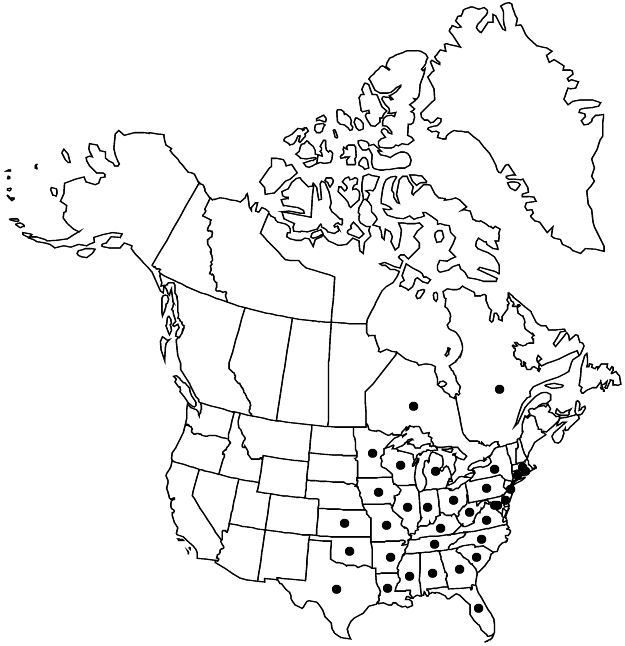Difference between revisions of "Crataegus crus-galli var. crus-galli"
FNA>Volume Importer |
imported>Volume Importer |
||
| Line 3: | Line 3: | ||
|accepted_authority= | |accepted_authority= | ||
|publications= | |publications= | ||
| + | |special_status={{Treatment/ID/Special_status | ||
| + | |code=E | ||
| + | |label=Endemic | ||
| + | }} | ||
|basionyms= | |basionyms= | ||
|synonyms={{Treatment/ID/Synonym | |synonyms={{Treatment/ID/Synonym | ||
| Line 190: | Line 194: | ||
|publication title= | |publication title= | ||
|publication year= | |publication year= | ||
| − | |special status= | + | |special status=Endemic |
| − | |source xml=https:// | + | |source xml=https://bibilujan@bitbucket.org/aafc-mbb/fna-data-curation.git/src/bb6b7e3a7de7d3b7888a1ad48c7fd8f5c722d8d6/coarse_grained_fna_xml/V9/V9_906.xml |
|subfamily=Rosaceae subfam. Amygdaloideae | |subfamily=Rosaceae subfam. Amygdaloideae | ||
|tribe=Rosaceae tribe Gillenieae | |tribe=Rosaceae tribe Gillenieae | ||
Revision as of 00:34, 28 May 2020
Leaf blades: relatively wide (1.5:1–2.5:1).
Phenology: Flowering Apr–Jun; fruiting Sep–Nov.
Habitat: Brush, sandy soil, dense shade
Elevation: 10–300 m
Distribution

Ont., Que., Ala., Ark., Conn., Del., D.C., Fla., Ga., Ill., Ind., Iowa, Kans., Ky., La., Md., Mass., Mich., Minn., Miss., Mo., N.J., N.Y., N.C., Ohio, Okla., Pa., R.I., S.C., Tenn., Tex., Va., W.Va., Wis.
Discussion
Attempts to divide this complex into taxa based on stamen number and anther color have been unsatisfactory. Crataegus arborea (cream anthers) and C. tenax (pink anthers) appear to be the earliest names for 20-stamen forms, which E. J. Palmer and others wrongly called C. fontanesiana (Spach) Steudel [= C. calpodendron (see J. B. Phipps 1987)]. Crataegus crus-galli in the strict sense would be restricted to the 10-stamen, white-anthered form. Such a circumscription is not followed here because the collective variation in all 10- and 20-stamen forms, not only in stamen number and anther color, is much greater than the differences between them. T. A. Dickinson (1983) showed that in southern Ontario, clear phenological and morphological differences occur between 10- and 20-stamen forms.
Rare forms with three to five styles, for example, Crataegus leptophylla, may be hybrids with C. reverchonii var. reverchonii. The widely recognized var. capillata Sargent with inflorescence branches sparsely villous is here synonymized as that is all that distinguishes it.
Selected References
None.